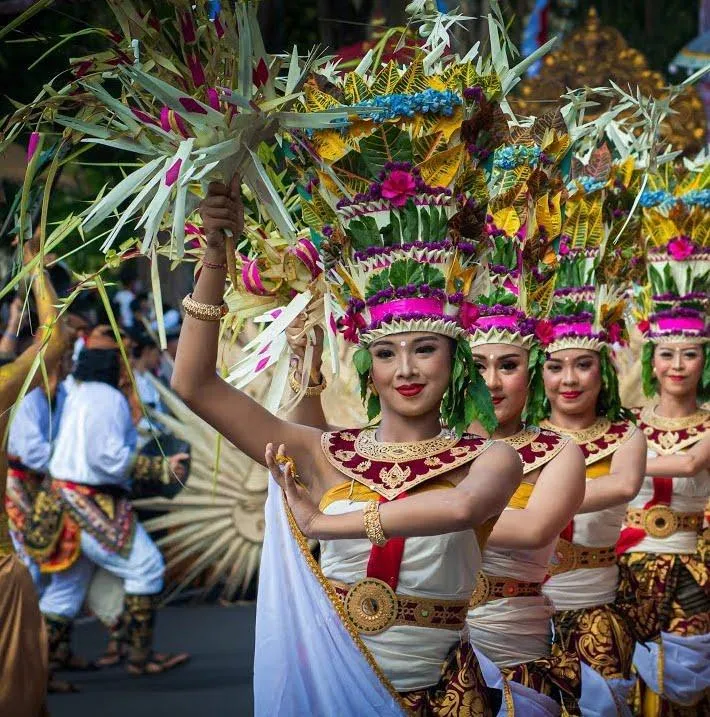
WHEN?
April 20-27th 2025, 8 Days & 7 nights

WHY?
Bali: The Land of Transformation. A place for purification and elevation of your frequency.

WHERE?
Gdas Wellness & Health Resort Resort JI. Cempaka Mas, Ubud, Gianyar, Bali 80571 The closest airport, Ngurah Rai International Airport (DPS)
BALI
Diamond Shaped Island
Bali, often called the Island of the Gods, is a
diamond-shaped tropical paradise that has long been a magnetic spot for those seeking tranquility, spiritual rejuvenation, and natural beauty. The island’s unique energy is often attributed to its place on the Earth’s chakras, making it a potent center for healing and meditation. Bali is believed to sit atop a powerful energy vortex that aligns with the Earth’s Kundalini, often described as the “life force” or “spiritual energy” that resides within everything.
This energetic power is conducive to personal transformation, spiritual awakening, and physical healing. The natural landscape of Bali, with its volcanic mountains, lush rice terraces, and clear blue waters, contributes to this sense of renewal. The island’s culture, infused with a rich spiritual tradition that includes Hinduism as the predominant religion, is expressed through daily rituals, dance, and art, further enhancing Bali’s reputation as a place where the soul can find balance and peace.
Moreover, the island’s commitment to wellness is evident in its numerous yoga retreats, meditation centers, and holistic healing practices, which offer everything from traditional Balinese healing ceremonies to modern wellness treatments. These practices are designed to harmonize the body, mind, and spirit, often emphasizing the importance of nature and ancestral wisdom in achieving health and happiness.
Bali is more than just a travel destination; it is a holistic experience that offers a chance to reset and restore one’s entire being in a setting renowned for its profound energy and beauty. Whether seeking deep spiritual connection or simply the restorative powers of a peaceful environment, Bali provides a haven for all who visit..
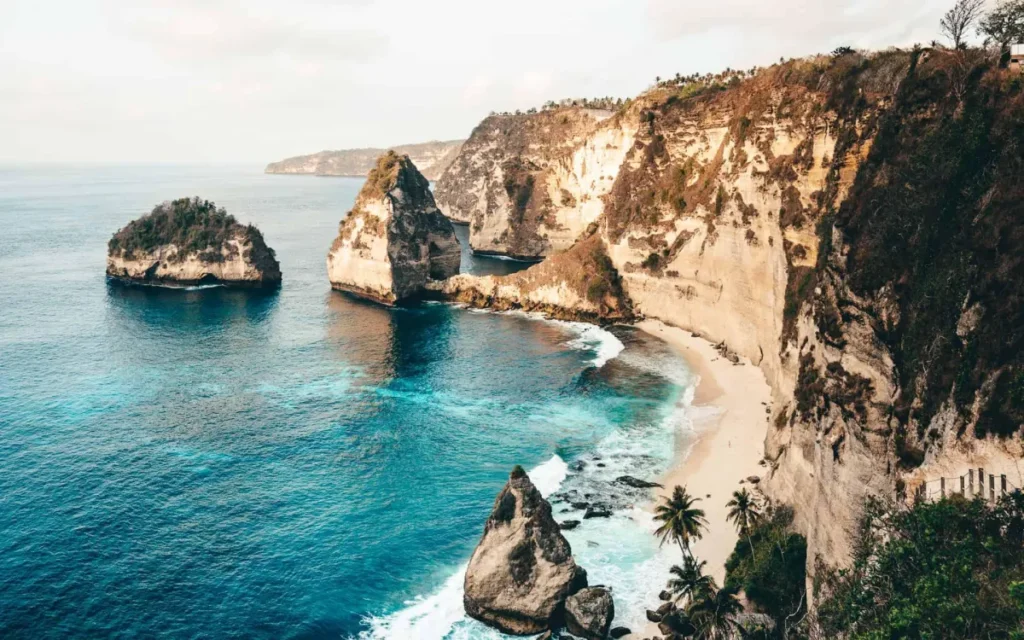
Explore Bali's Rich History
Bali’s rich history is a tapestry of spiritual traditions,
cultural practices, and architectural marvels, deeply intertwined with the island’s stunning natural beauty. Among its many historical sites is the ancient Lempuyang Temple, also known as Pura Lempuyang Luhur, one of Bali’s oldest and most highly regarded temples. Perched on the slope of Mount Lempuyang in East Bali, this temple is part of a complex of seven temples that ascend the sacred mountain.
Often called the “Gates of Heaven,” the temple offers a breathtaking view through its split gateway that frames the majestic Mount Agung, Bali’s highest and most sacred mountain. This iconic panorama symbolizes the spiritual journey from the material world to enlightenment and heaven, a fundamental concept in Balinese Hinduism.
The Lempuyang Temple is a testament to Bali’s architectural ingenuity and a pivotal site for pilgrimage and spiritual practice. Visitors often partake in a ritual cleansing at the temple’s holy springs, believed to purify the soul and restore balance. The temple’s location and design reflect the Balinese philosophy of Tri Hita Karana, which emphasizes the harmony between the divine, the natural world, and humanity.
Exploring Lempuyang Temple and its surroundings is a journey through the layers of time, offering insights into the island’s past and its enduring spiritual traditions. The temple’s intricate carvings, white stone steps, and dragon staircases are enveloped by the forest’s mist, creating an ethereal atmosphere that captivates pilgrims and travelers alike.
This historic landmark is a cornerstone of Bali’s spiritual heritage and a sanctuary for those seeking tranquility and a deeper connection with the divine.
It stands as a serene reminder of the island’s dedication to preserving its sacred spaces and cultural identity amidst the modern world.
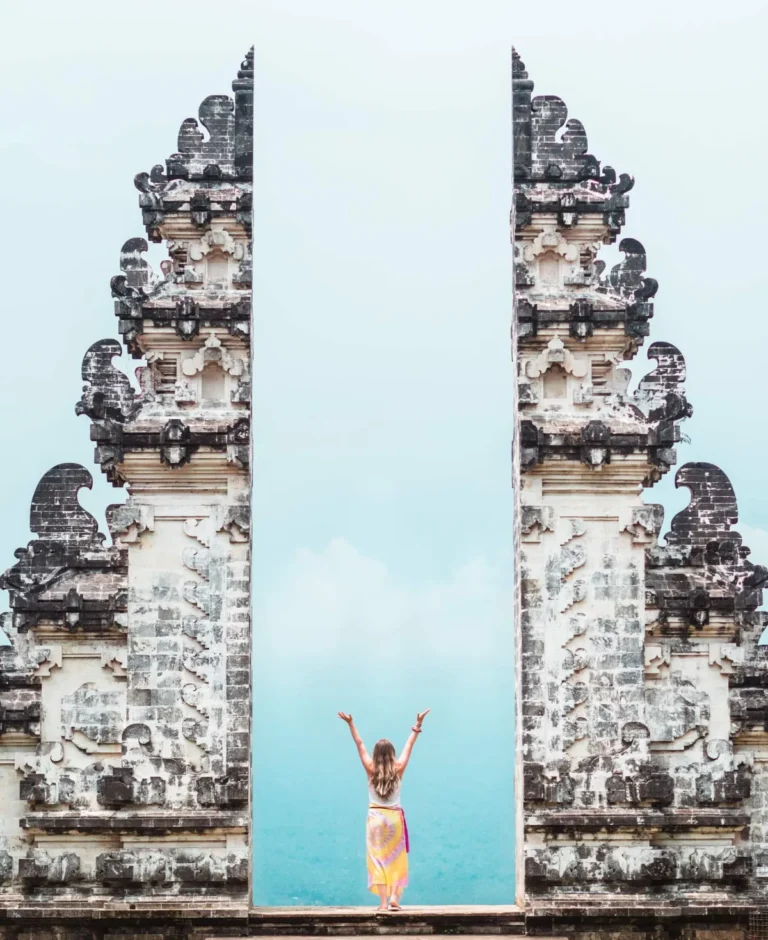

Visit the Water Temple
The Tirta Empul Temple, nestled in the town of Tampaksiring, Bali, is a significant cultural landmark renowned for its holy water spring. This temple is a cornerstone of Balinese mythology and religion, dating back to around 962 A.D. during the Warmadewa Dynasty. The name ‘Tirta Empul’ translates to ‘holy water spring’ in Balinese, which is fitting since the site is famous for its sacred spring that flows into various purification baths, pools, and
fish ponds.
According to Balinese belief, the water is endowed with healing properties and is used for ritual purification. This practice is known as ‘melukat,’ a spiritual cleansing process that locals and tourists alike often partake in. The water is believed to have magical powers, offering spiritual cleansing, good health, and protection to those who immerse themselves in its refreshing flow.
The temple complex is divided into three sections: the front, central, and inner courtyards, known as ‘jaba pisan,’ ‘jaba tengah,’ and ‘jeroan.’ The central courtyard is where the main purification baths are located, featuring two pools with thirty fountains, each dedicated to different purification purposes.
The architecture of Tirta Empul is a fine example of Balinese design, featuring classic elements such as intricately carved stone, statues of Hindu deities, and vibrant greenery. The temple serves as a site for spiritual pilgrimage and a cultural hub where one can witness the seamless integration of nature, spirituality, and the artistry of Balinese traditions.
As a reflection of its historical and cultural significance, Tirta Empul was inscribed as a UNESCO World Heritage Site, cementing its status as a place of global heritage. Visitors leave the temple often with a sense of rejuvenation, having participated in a timeless tradition that continues to be an integral part of Balinese identity and spirituality.
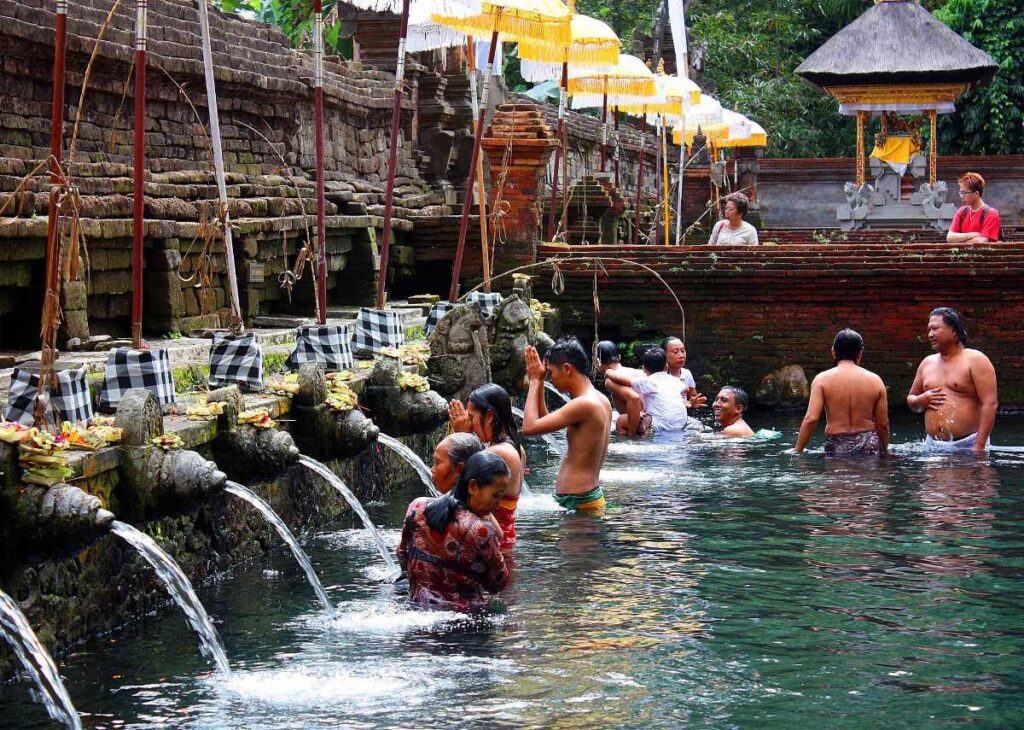

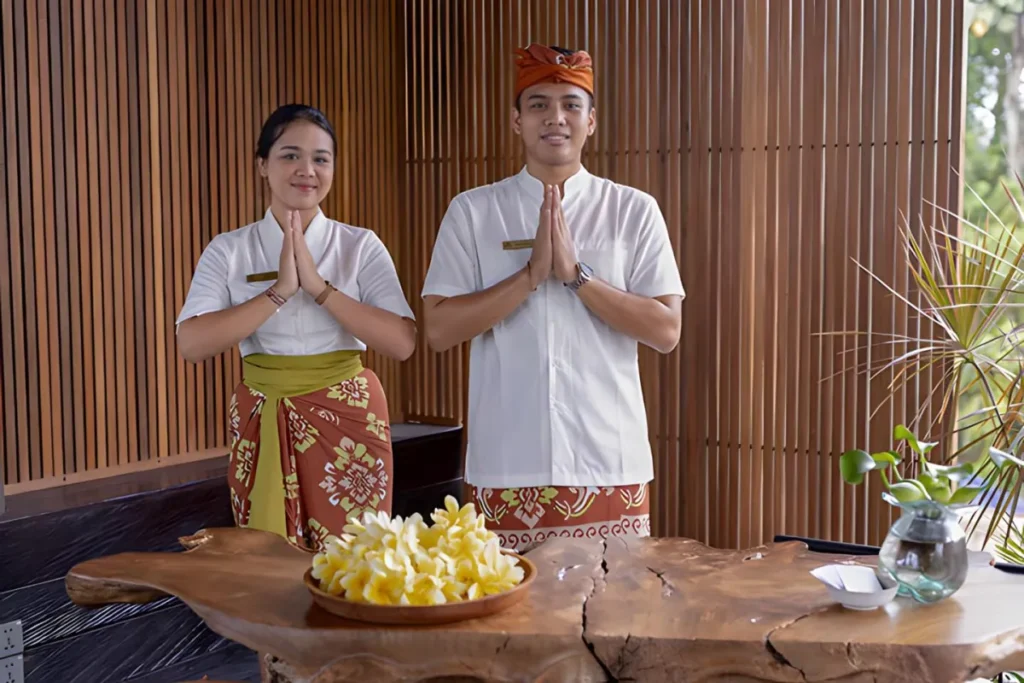
At Gdas Health and Wellness Resort, embrace plant-based nutrition. Our professional team ensures a transformative and blissful experience.
REGISTER TODAY
Limited spots available.
Join us for an incredible journey.
Start Your Journey
-
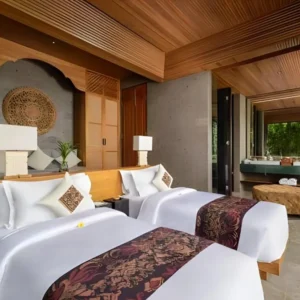
Shared Room Investment
$2,699.00 This product has multiple variants. The options may be chosen on the product page -

Single Room Investment
$3,199.00 This product has multiple variants. The options may be chosen on the product page
A portion of all proceeds will support the orphans of Zambia.
Bali Davi © 2023. All Rights Reserved.
